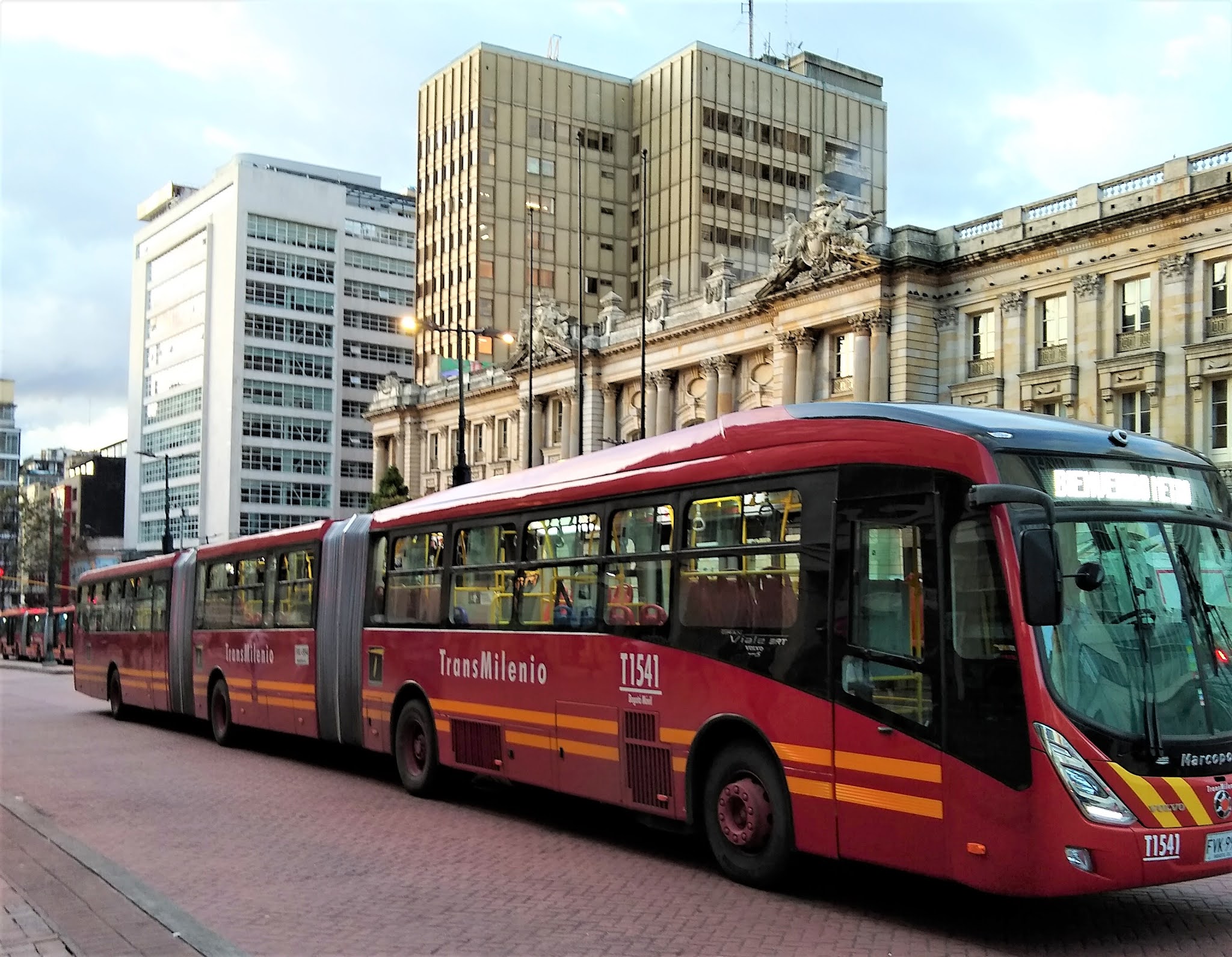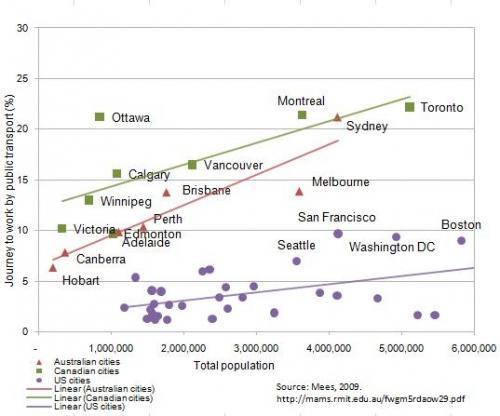Toronto's streetcar network is busier than most bus routes in NA. Toronto's streetcar network is what feeds traffic to/from the subways. For Toronto, it has become easier to leave the car at home and take transit. Parking is a challenge. Traffic is a challenge. But, transit is frequent, and in the city, it is not seen as something just for the poor. The middle class use it to commute if they have jobs that work to do so.
The Toronto Streetcar is also in an extremely dense urban core, and not in a vast low density sprawling suburb - ye of course the ridership will be higher. It has nothing to do with the mode. If you would replace the 504 with a bus - you would actually probably lose ridership because the busses would be so full nobody would want to ride it, but this is where LRTs actually have advantage over the bus, capacity.
London does not have a capacity problem, it has a problem attracting new riders, and LRT would do nothing to address this.
London has a horrible bus system. It hasn't gotten much better. So, saying to them that they are going to add more bus services will not be enough to draw enough people out of their cars. A family member who lives in London, works a 9-5 job in downtown London.Currently they are working from home.Once their company returns to in office working, they will be commuting again. They have taken the bus and have decided a second vehicle is better. Now, if an LRT was put in, then, they might change their mind. It is people like them that you need to attract and no BRT will work for them.
Why would an LRT make them change their mind? They would ride it, realize that its no faster or more frequent than the bus they rode last time (because it won't be), and go back to using their car.
VIVA is still a failure as it isn't much more frequent than a normal bus. Where is the 5 minute frequency or better?
VIVA is its own can of worms because YRT as a whole is run by people with brains the size of an acorn. However, Viva Blue does exist, and during weekdays it runs every 7.5 minutes with most of the day south of Bernard, and pre-covid it was supplemented by a rush hour service called Viva Blue 'A' that was the same route but avoided Richmond Hill Centre Terminal. As a bonus, there was also another Rush Hour route called Viva Pink which operated 2 or 3 busses per hour which paralleled Viva Purple all the way to Unionville, then paralleled Viva Blue down to finch, making that corridor ~2-3 minutes. Even if we ignore all of that, and focus on just Viva Blue, it had almost 18k daily weekday riders in 2017, and remember this is York Region, this is a large car oriented suburban wasteland. By providing frequent service, Viva Blue has managed to amass an extremely respectable ridership count despite being, as previously mentioned, solely operated within a car oriented wasteland. Mind you, this is without any enhanced lanes or stations. Viva Blue's first rapidway section only opened in early 2020, with the core chunk through Richmond Hill only opening in December 2020. 18k daily ridership on a bus that didn't even have dedicated lanes.
Compare this to Viva Purple which has existed for about as long, but only provided 15 minute service for most of that time, with the occasional frequency bump given by Viva Pink. This route had the blessing of the first Rapidway Sections, being opened between 2013-2014, and despite this only had 5705 daily weekday ridership. Now why is that? Despite having dedicated lanes that should make service faster and more reliable, it has less than 1/3rd of the ridership that Viva Blue has. The answer is frequency, Viva Blue operates every 5-7.5 minutes in the southern half of the route, which means its a service where people can show up without needing a timetable and use the service. Whether its rail or a bus makes very little difference to most (yes people have a PREFERENCE for rail, but in practice the ridership gained from a service being rail is minuscule).
The Transitway is being replaced due to the fact that it was underbuilt for the demand. That would be like saying the UBC B Line in Vancouver is great.It is horrible. If the Transitway and B Line are so great, why are they being replaced? Want a good way to scare off ridership? Have years long disruptions due to retrofitting to LRT or better.
Let's turn this on its head: Despite being a busway in what was at the time an extremely car oriented city, it got enough ridership to the point where it was so busy that they had to upgrade it to LRT. Yet according to you people living in car dependant suburbs will refuse to use the bus? So which one is it?
In fact, because of the failures of the LRT, many in the city want to return back to the busway format - which granted is impossible at this point, but it goes to show how good bus service could be, and how people are willing to use it if you make it good.
My view of success is growth in ridership from people who would not normally take transit. Failure is if this does not happen.
And again, there is no proof that LRT is better than doing this than BRT. People are attracted to good service, people want something that is as efficient and reliable as their car, or at the very least approaching that amount. The closer you can replicate the convenience of a car, the higher your ridership will be as people learn of this service, and more people begin to use it to save money. LRT only has one benefit over BRT - capacity. It is less flexible, and usually has worse acceleration which can result in travel times that are slower than that of your average bus. As such the only situation where you might see an LRT significantly improve ridership, is if you have an overcapacity corridor where the busses are just way too full, and you replace it with an LRT - thus creating an induced demand situation. That's the only situation.
If you want to continue arguing your point, show actual evidence with numbers that prove some form of significant difference between BRT and LRT when used in similar circumstances - none of this comparing a downtown service with a suburban arterial service.








